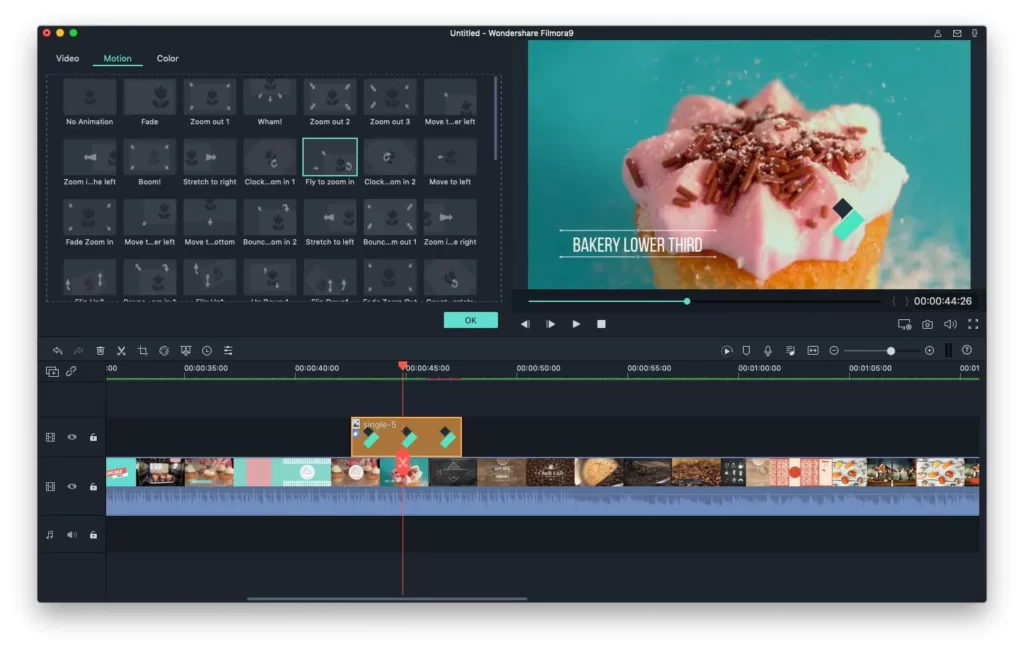Travel restrictions, theatre closures, and nationwide lockdowns imposed by the Covid-19 pandemic have forced film festivals to reevaluate how they operate and attract new attendees. Pre-release and curated films are now being shown at film festivals via streaming services. Organizers are also live-streaming video conversations and hosting pre-recorded messages from filmmakers in order to make the virtual viewing more immersive.
However, this has made content, especially unreleased films, more vulnerable to online piracy. The B2C SVOD services domain has recently flourished and can be applied equally to virtual film festivals in terms of identity and credentials management. Screen grabs are much easier to accomplish because of a lack of physical control and enforcement at movie premieres, and because premium content is moved from public to private locations.
As a result of DRM protected content, virtual screenings can still be pirated through the use of stream recording methods. Forensic watermarking is an effective video protection technology that can be used to deter content piracy and identify its copyright, ownership, and authenticity. Watermarking techniques are used to embed metadata (user ID, IP address, time stamps, etc.) into the video stream, which can be used as forensic evidence to trace the source of infringement.
Basic video watermarking techniques identify the possible source of pirated content, but studios and film creators may require identification down to individual user accounts or streaming sessions.. This can be accomplished with the use of session-specific watermarking. Only two content versions are used to create unique manifests for each session, which can be stored on a CDN. In addition, it does not require third-party libraries because the relevant session data is stored within the content itself for server-side processing.
The organisers of virtual film festivals should, therefore, look for platforms that can securely host virtual festivals and award screenings, as well as additional features such as geo-blocking, secure distribution, and Zoom integration for live sessions. When physical festivals return, virtual platforms may continue to be used for festivals because they have attracted new audiences and expanded viewership.
Since a different secret key is required for each watermarked copy, the secret key could include identification information for source authentication, a set of codes or parameters from the original un-watermarked content. To both embed and detect the watermark, the secret key must be known. Watermark detection techniques are generally not available to potential attackers, but if they are, a security threat may arise.
If you’re using a secret key scheme, you’re inserting and removing watermarks with the same key. A secure method of transmitting the key must be used in this case. A public key can be used to verify an asset’s integrity and ownership in the case of public keys. A private key is used by the image’s owner to add a watermark. Anyone can extract a binary watermark from a watermarked file using the public key during the watermark extraction process. Watermarking techniques are used to embed metadata (user ID, IP address, time stamps, etc.) into the video stream, which can be used as forensic evidence to trace the source of infringement.


More Stories
Unleash Your Personal Brand with SMMPanel2: The Secret Weapon
Four Things the World Loves Most about YouTube
How a Digital Marketing Agency Can Set You Apart